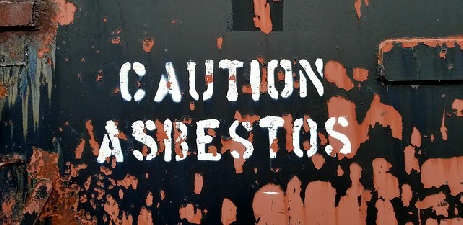Conwy Valley Systems Limited,
West Acre, Llys Helyg, Deganwy
CONWY LL31 9BN, United Kingdom.
VAT# GB 741 5190 48
A Geoscience Wales founding member.
PETROG includes patent protected technology.
The U.S. Environmental Protection Agency (Part 61, M, Asbestos References: 61.141, appendix E) states that "Quantitative analysis involves the use of point counting. Point counting is a standard technique in petrography for determining the relative areas occupied by separate minerals in thin sections of rock. The use of plane polarized light allows the determination of refractive indices along specific crystallographic axes. Morphology and color are also observed ….determination of the sign of elongation using orthoscopic illumination ….. observation of the birefringence and extinction characteristics of anisotropic particles.
This method is applicable to all bulk samples of friable insulation materials submitted for identification and quantitation of asbestos components."
We have therefore provided support for asbestos monitoring in PETROG, tailoring the analytical modules to the requirements of this technique.
The UK Health and Safety Laboratory (HSE) series of documents 'Methods for the Determination of Hazardous Substances' (MDHS) lists the many situations in which point counting using plane and cross-polarised light is useful. In particular, MDHS 39/4 (Asbestos fibres in air), MDHS 59/2 (Determination of Airborne Fibre Number Concentrations) and MDHS 87 (Fibres in air) detail the equipment needed, including a polarising microscope, and the situations to which each analysis type is applicable. Table 2 (Properties, and the techniques by which fibres may be observed) in MDHS 87 shows the categories of information that can be obtained by point counting using Polarised Light Microscopy (PLM), many of which cannot be obtained by other methods, and hence the benefits of using PLM over other techniques.
Morphology, Relief, Colour, Pleochroism, Birefringence, Extinction angle and Sign of elongation can all be recorded, together with size (length and diameter) and cross-referenced to asbestos varieties and other compositional information. The requirement for addition of contra-indications ("For the purposes of fibre discrimination in fibre counting, the direct observation of at least two properties should be made before any fibre is eliminated from the count. The absence of one expected optical effect cannot be used to imply the absence of a particular fibre type" MDHS 87, Appendix 4) is also met by PETROG's data collection interface. The analysis is subject to the PETROG Quality Assurance regime with full accountability and audit trail: ability to trace results back to their source, including position on the slide and accompanying digital image.
The UK's HSE has also produced 'Asbestos: The Analysts’ Guide' (HSG248), which further emphasises the importance of PLM to the asbestos analyst. Many of the requirements are ideally suited to automated equipment, of which PETROG's stepping stage is the only fully compliant example. Minimum counts (areas versus fibres) and pooling are, of course, trivial for an automated system and the need to account for fibres partly in the field of view is accommodated because PETROG can stitch images to make a single mosaic image. Automated detection of fibres is also a possibility, although composition and property information cannot, as far as we are aware, be extracted automatically from images without an analyst's assistance.
Additional references and standards that have been used in designing PETROG, and to which PETROG aims to provide compliance, include those of the U.S. Environmental Protection Agency (Part 61, M, Asbestos References: 61.141, and in particular appendix E), the International Standards Organisation (ISO 8672:1993: Air quality - determination of the number concentration of airborne inorganic fibres by phase contrast optical microscopy) and the UK's NAMAS (Asbestos analysis – accreditation for fibre counting and identification by the use of light optical microscopy, 1989)





